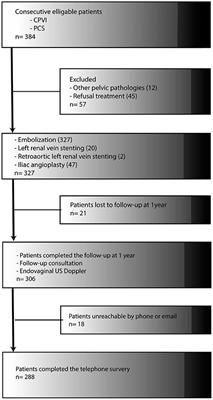ORIGINAL RESEARCH
Published on 28 Oct 2022
Quantitative analysis of venous outflow with photo-plethysmography in patients with suspected thoracic outlet syndrome
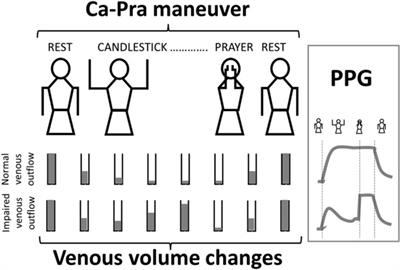
doi 10.3389/fcvm.2022.803919
- 997 views
- 1 citation
6,200
Total downloads
28k
Total views and downloads
You will be redirected to our submission process.
ORIGINAL RESEARCH
Published on 28 Oct 2022

MINI REVIEW
Published on 06 May 2022
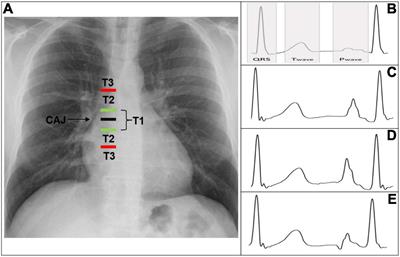
MINI REVIEW
Published on 26 Apr 2022
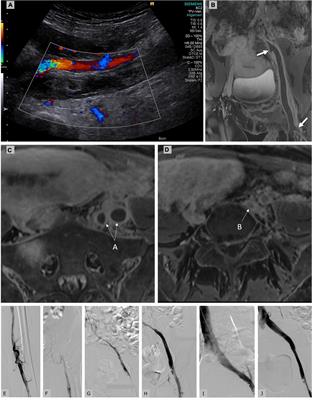
REVIEW
Published on 03 Mar 2022

REVIEW
Published on 23 Feb 2022
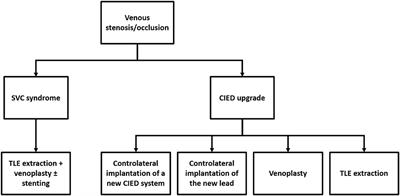
CASE REPORT
Published on 04 Jan 2022

REVIEW
Published on 24 Nov 2021
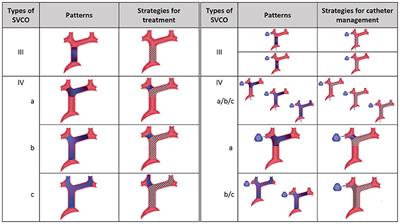
ORIGINAL RESEARCH
Published on 17 Nov 2021
